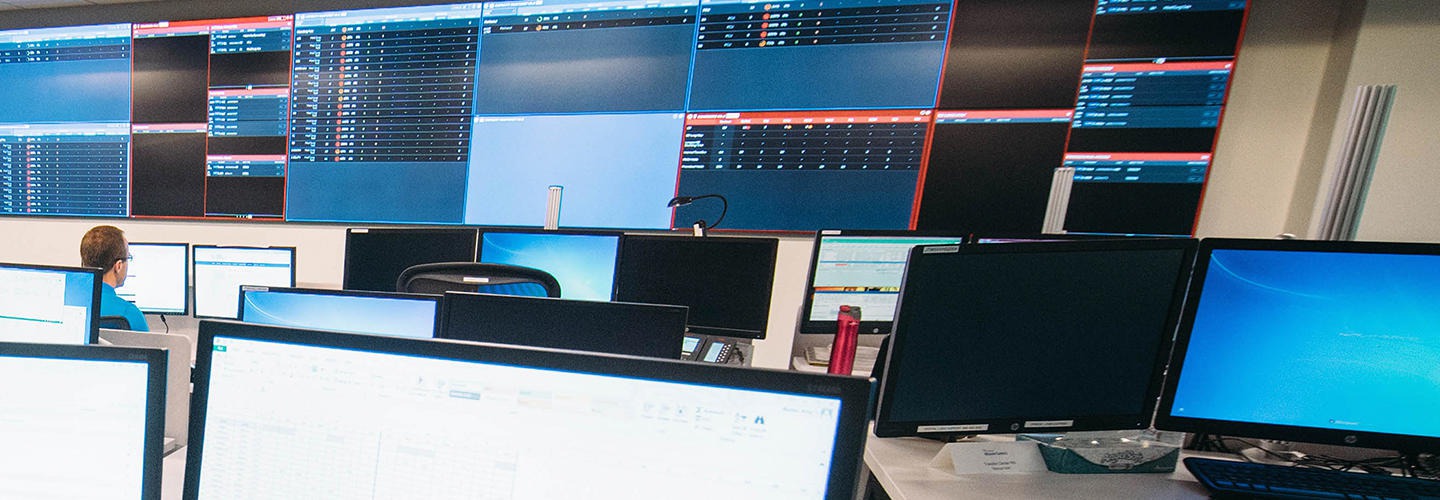
@ShahidNShah


Mission control–style command centers have helped healthcare organizations to maximize capacity at a time when resources have been stretched thin. The timing couldn’t have been better. In June 2019, ahead of the COVID-19 pandemic, Virginia Mason Franciscan Health unveiled its new Mission Control Command Center. The solution aimed to use data to improve practices across the Washington state healthcare system, including patient transfers, bed turnaround time, staffing and utilization of equipment. In early 2020, those efficiencies became even more important as COVID-19 patients overwhelmed hospitals across the U.S., stretching resources to their breaking point.
“Organizations that have a command center have really been able to centralize their operations,” says Jennifer Hickenlooper, insights director for KLAS Research. “Being able to increase efficiencies and visibility into resources was key to helping with the pandemic, as there were shortages of both beds and staff. This visibility helped organizations to increase their staffed capacity, match patients where there was availability and route them to the right location throughout their organization.”
Continue reading at healthtechmagazine.net
The data that healthcare organizations generate, collect, and manage is massive, having an ever-growing impact on the industry. RBC Capital Markets, a global investment bank, estimates that …
Connecting innovation decision makers to authoritative information, institutions, people and insights.
Medigy accurately delivers healthcare and technology information, news and insight from around the world.
Medigy surfaces the world's best crowdsourced health tech offerings with social interactions and peer reviews.
© 2025 Netspective Foundation, Inc. All Rights Reserved.
Built on Apr 22, 2025 at 4:40am